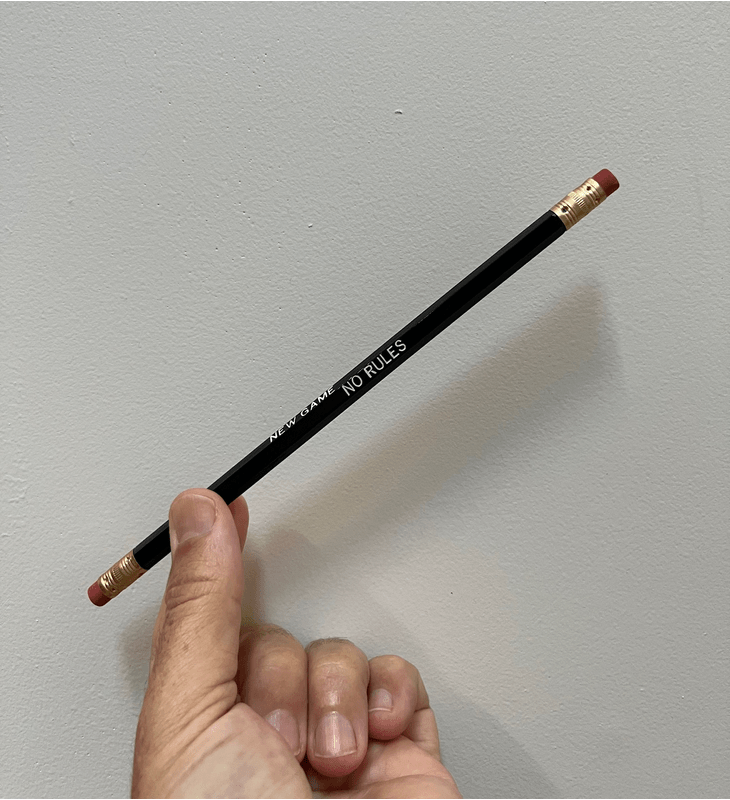Notes on Collaboration
I think of art as the practice of freedom, a horizon I think most of us would like to be walking towards, but it is not a destination, it’s a process. I’m not making art, in the broadest sense I help create spaces for it. I accompany artists and other collaborators on the journey as we explore the forms and functions of art. I learn with them, and from the ideas that flow through the work. A professor of mine described the curator as between the audience and the artist—a sort of triangle. Some curators stand closer to the audience, others closer to the artist. It’s an interesting question to ask when you’re working with someone. Where do they stand? How close?
The San Francisco writer Greil Marcus suggests that “What art does, maybe what it does most compellingly, is to tell us, make us feel, that what we think we know [about the world] we don’t. There are whole worlds around us that we have never seen.” In other words, we each live in a tiny sliver of the known, namable and seeable world. What art shows us is another way of thinking, of seeing reality, of sensing the known and knowable. I find collaboration to be a way to expand my known world, it’s also an act of respect when working within other cultures, to remain open and ask questions. Asking productive and caring questions is a skill, one I’m still learning.
A friend once said, "an artist gets up every day and does a job that no one asked them to do," and this takes a kind of fortitude that I find profoundly admirable. While I only have so much time in each day and I’m naturally drawn to some ideas and practices over others, I endeavor to respect all artists equally. I find the form of collaboration is a practice of meeting each other at the same level, rather than presuming a hierarchy implied or enforced by an institution. At their best, aren't curators just as creative as artists?
In my experience art emerges from the space between disciplines or areas of practice. I would even go so far as to say that there is a prevalent confusion about art. In my opinion it is not actually a discipline of its own, it’s rather a trans-disciplinary hybrid or a bridge between zones of thought or bodies of knowledge. It's a vehicle for representation. If each individual is the holder of various forms of knowledge then collaborations have the potential to bring together those knowledge sets. Like mixing disparate elements to find a catalytic moment, the blending of knowledge sets can lead to new ideas.
I’d like to point out that I’ve presented at least three competing narratives of what art is, does or how it works. My final proposition is that art is a story we tell the world about creative practice, it’s a story that can and should change depending on the context, the audience, and the moment of opportunity—even one's stage of life. I prefer to not get too attached to any one story—the practice of freedom implies that it not become concrete or crystalized, that we don’t become overly attached to any ideology or narrative prescription. Together, we produce worlds, invent stories, and practice freedom, and must not be controlled or limited by them.
A multiple in collaboration with Jim Christensen
